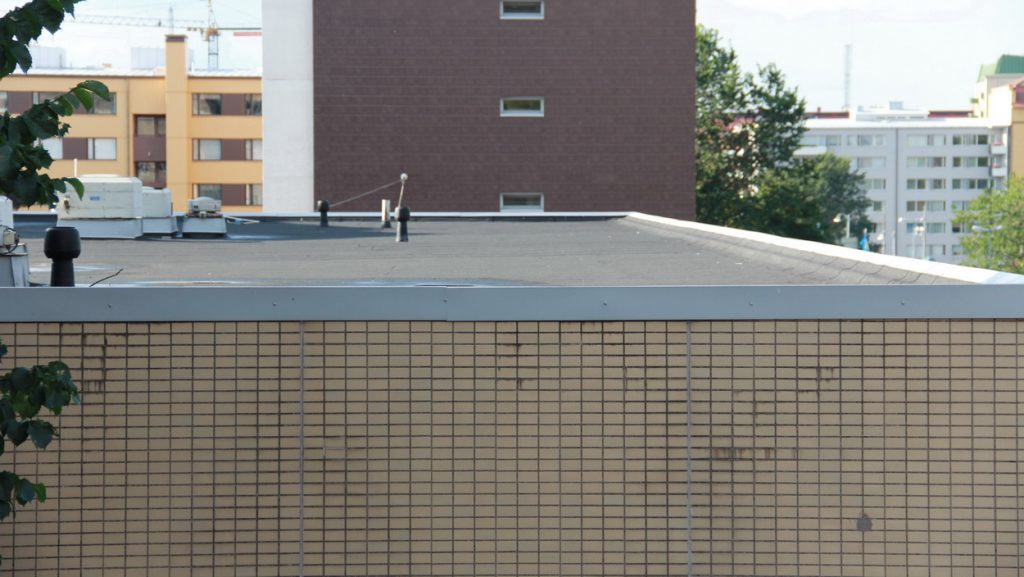When it comes choosing the type of roof you want to put on your new structure, there isn’t really a right or wrong choice. It will mostly depend on your budget, your future plans for the building and personal taste. This article is meant to give you an idea of the pros and cons of both types of roofs, and help you decide which one better suits your purposes. Let’s dive in, shall we?
Pitched Roofs
First of all, what exactly is a pitched roof? In simple terms, pitched roofs are any roof with a peak. You’ll mostly see these on residential properties and most older public buildings like churches and the like. Pitched roofs are what give you that triangular shape at the top of your home and create those tall attics on the inside.
When Should You Opt for Pitched Roofs?
As you can imagine, there are several reasons why people opt for pitched roofs, especially considering how common they are. Aside from the added space you can get from a pitched roof, some other benefits include:
Longer Lifespan — the average asphalt shingle pitched roof has a lifespan of anywhere between 20 to 50 years, depending on what shingles and roofing material you choose. Other than a metal pitched roof, this is the longest-lasting roofing option.
Less Maintenance — Pitched roofs are designed to let precipitation like snow and rain slide right off. They’re built with an incline to reduce the beating a roof takes over the years and minimize the potential for leaks as your roof begins to age. This design feature means that you’re going to need far fewer maintenance visits throughout the lifespan of your pitched roof than you would with a flat roof.
Are There Any Downsides to Pitched Roofs?
The only real problem with a pitched roof is the larger initial upfront installation cost compared to a flat roof. In general, a pitched roof costs more to install because the job will take longer, and require more material than a flat roof. That being said, you’re still likely to pay less in the long term.
The other potential downside is in terms of aesthetics. If you’re a fan of the modern, contemporary look, pitched roofs may not suit your style. In that case, it makes more sense to tie the architectural style together with a flat roof.
What is a Flat Roof?
If a pitched roof is one that is inclined, it stands to reason that a flat roof is one that is completely flat, right? Not quite. While flat roofs are indeed much less inclined than pitched roofs, they do have a slight incline to allow rain and other precipitation to run into the gutter system. You’re more likely to see flat roofs in commercial buildings and some modern homes in sunnier climates.
The Benefits of a Flat Roof
When deciding what type of roof to choose, most people consider two factors: cost and aesthetics. Flat roofs have a lot going for them in both regards.
Lower Cost – as we mentioned when discussing pitched roofs, flat roofs have a lower initial cost, since they require less material to build and are relatively much simpler to install. This lower cost is partly what makes flat roofs more attractive for commercial properties.
More Space – while pitched roofs do allow for triangular attics, and therefore offer some extra space, the top floor of a building with a flat roof has more usable space, and also allows for easier vertical expansion, as in, you can easily build an extra story on top of the existing roof. Again, this makes flat roofs very attractive for commercial properties with expansion plans, or for families that intend to build more rooms in the future.
A Cleaner look – the trend towards clean, minimalist lines make flat roofs an aesthetic choice for those looking for a more modern appeal.
Do Flat Roofs Have Any Drawbacks?
While flat roofs offer a more affordable upfront cost and can provide the aesthetics that many homeowners and business owners are looking for, they’re not always the most practical option. Some of the main reasons for this include:
A Shorter Lifespan — On average, a flat roof lasts for about 10 years which is significantly less than the 20-year minimum of a pitched roof. You’ll therefore end up spending quite a lot more on roofing over time if you’re planning to stay in the building long-term.
Increased Maintenance — Because of their relative flatness, there are some major structural concerns with flat roofs, especially in areas that receive high amounts of rainfall and snow. Flat roofs are not great at getting rid of lots of precipitation, and as a result, tend to have puddles at various spots which can lead to leaks and other damage over time. For this reason, it’s recommended that you have your roof inspected at least once a year so that you can stay on top of any potential issues. Luckily, flat roofs are also easy to maintain, so while you may end up spending more on repairs and maintenance, it usually isn’t a complicated process.
Whether you’re roofing a residential home or a commercial building, the decision between a flat or pitched roof is a big one and can have long-term implications on the maintenance and upkeep of your building. For help deciding which roof is best for you, give the experts at Climate Roofing a call.

